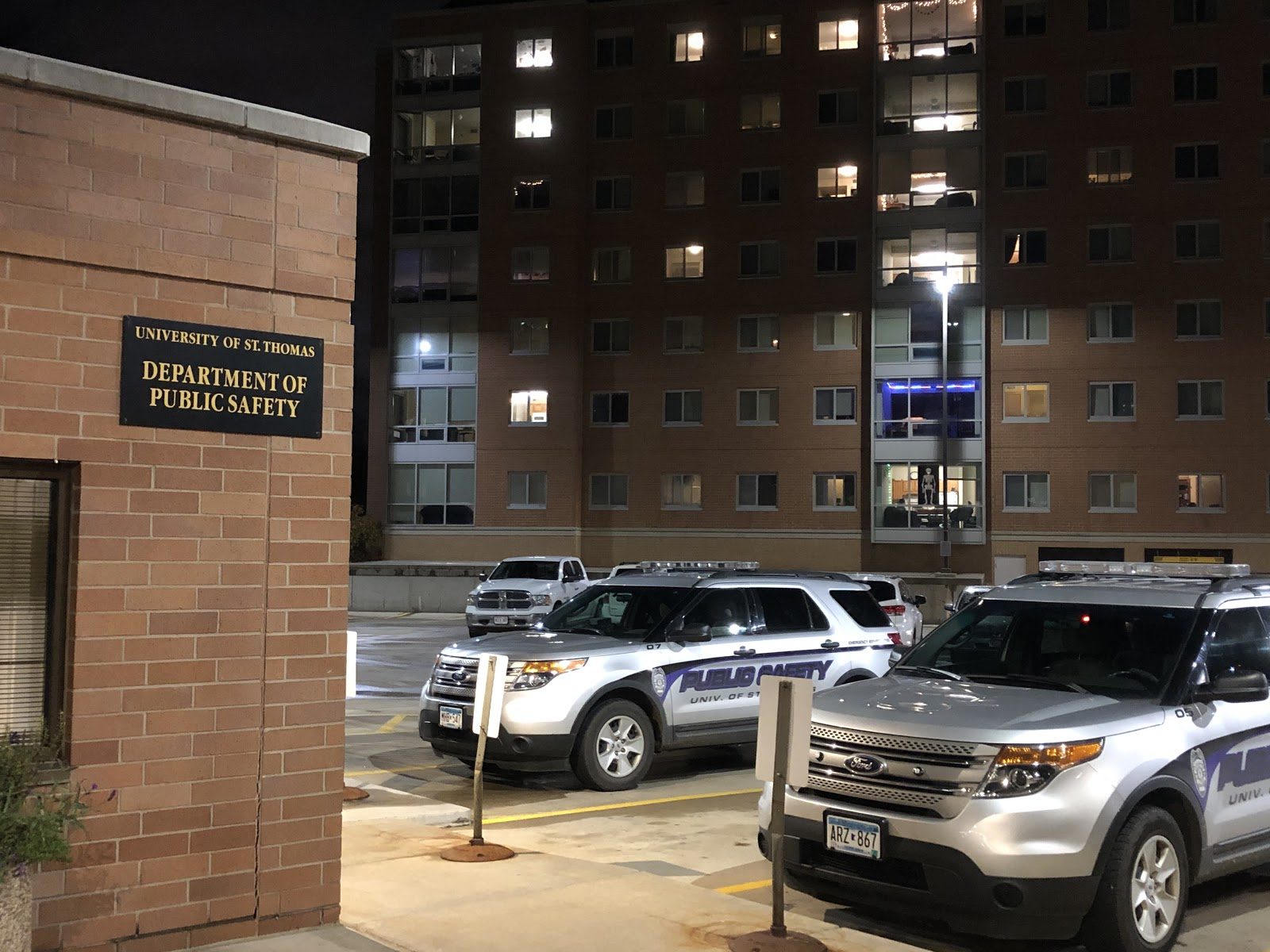
After multiple bomb threats on campus, St. Thomas is asking students to think of their own personal safety plans to use in emergencies.
The university advises students to choose an off-campus location that they feel comfortable going to in an emergency situation.
Once a student has identified where they plan on going, the university recommends that they also take these questions into consideration:
-What are the available exits?
-How would you get to the location on foot– do you know the routes?
-Who would you inform of your whereabouts?
-It is possible you will need another less temporary destination once you are at the first location. What would this destination be and what are the available methods of transportation to your next location?
“The most important step in making your own plan is figuring out where you’re going to head to in case something happens,” Director of Residence Life Aaron Macke said, citing the run, hide, fight method.
In the run, hide, fight process, students are asked to consider what their best option would be in the event of an active shooter situation or other situations that could put students’ lives at risk.
Macke stressed that the run, hide, fight is not a step-by-step list, but an outline for students to think about what they’re most comfortable doing.
“In that critical instance, help might not be there for you right away. You’ve got to plan ahead. Students should take into account who they are, where they are, and what their skill sets are,” Director of Public Safety Dan Meuwissen said.
According to Meuwissen, the university does its best to effectively communicate with students through the text alert system and email; however, the size of the campus and the amount of buildings and students make it extremely difficult, if not impossible, for the university to tell students exactly where they need to go.
“This isn’t a high school where all our students are concentrated in one area, so that makes it almost impossible for the university to give a school-wide plan on what to do and where exactly to go in the event of an emergency,” said Meuwissen.
“It’s an unfortunate reality that with the world we live in, students even have to be considering these things. But, as adults, part of the responsibility of personal safety has to fall on our students. We will do our absolute best to help, but this has to be a team effort,” he continued.
Noah Hanlon can be reached at nphanlon@stthomas.edu.

